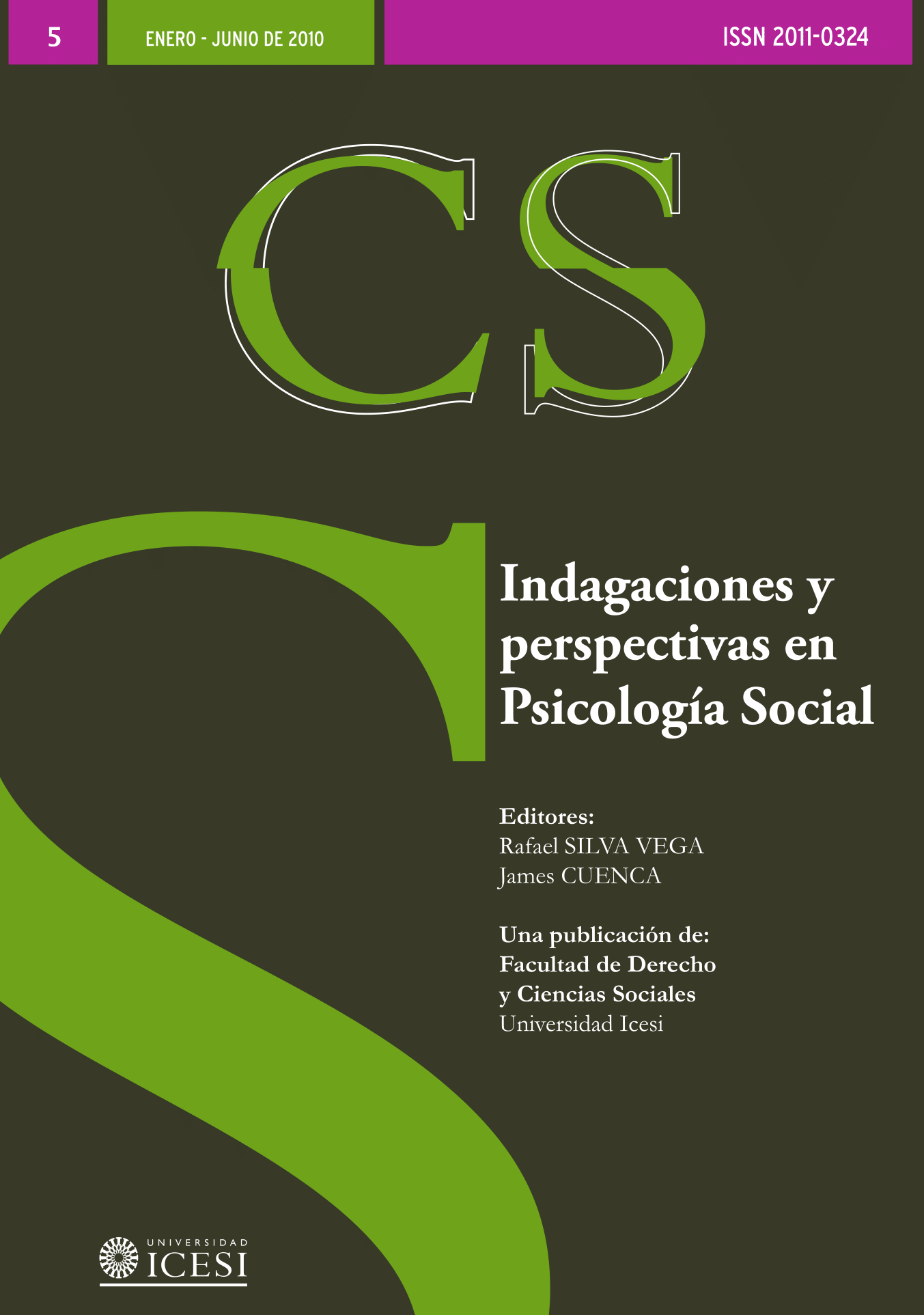The social representation of drug trafficking like laborer optionAt first glance, the State of Baja California (Mexico) and the Department of Valle del Cauca (Colombia) do not have much in common. They belong to different countries and have significant di
DOI:
https://doi.org/10.18046/recs.i5.453Keywords:
Drug trafficking, Social representations, LaborAbstract
At first glance, the State of Baja California (Mexico) and the Department of Valle del Cauca (Colombia) do not have much in common. They belong to different countries and have significant differences in their history and their social, cultural, political and economic structures. However these places have a commonality--namely the fact that for more than three decades they have become epicenters of drug trafficking. In both of these territories, trafficking groups and international business networks have appropriated the region in order to frame their illegal project. This paper summarizes the findings of field research conducted during December 2008. Knowing and comparing the social representations of drug trafficking in these two territories, offers significant elements that help understand the integration processes and social penetration of drug trafficking in local contexts—and shed light on processes that have helped consolidate these practices as viable labor options.Downloads
Downloads
Published
Issue
Section
License
© Reserved Copyright
Material in this publication may be reproduced without authorization, provided the title, author and institutional source is acknowledged.
The content published in Revista CS is distributed under the Creative Commons BY-NC 4.0 Attribution/Recognition-NonCommercial 4.0 International license.
You are free to:
Share — copy and redistribute the material in any medium or format.
Adapt — remix, transform, and build upon the material.
Under the following terms:
Attribution — You must give appropriate credit , provide a link to the license, and indicate if changes were made . You may do so in any reasonable manner, but not in any way that suggests the licensor endorses you or your use.
NonCommercial — You may not use the material for commercial purposes.












